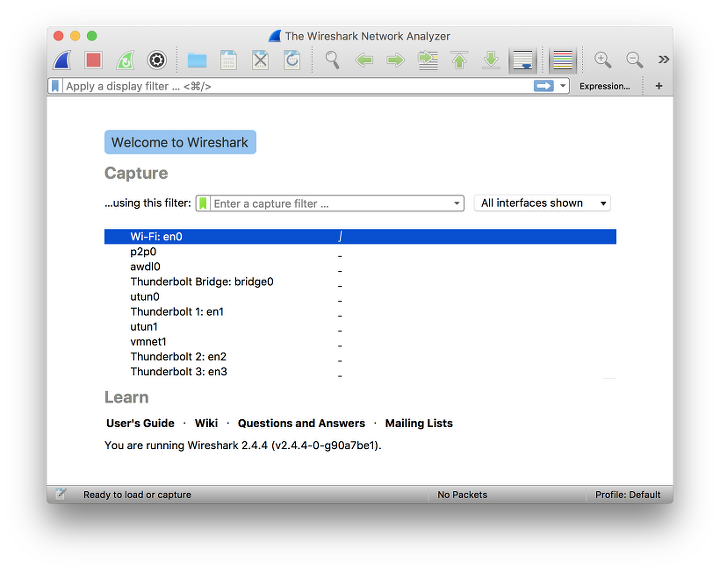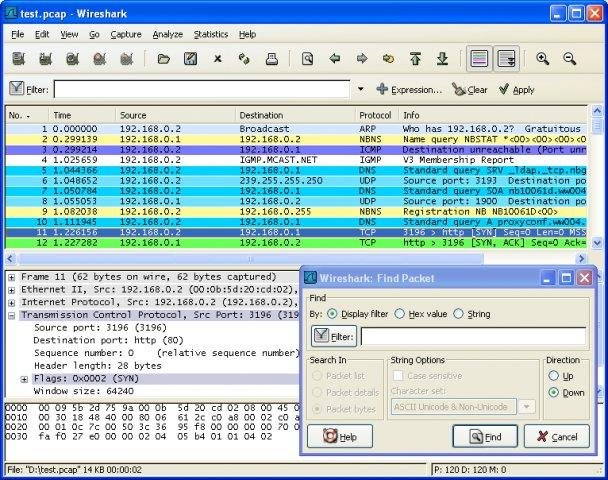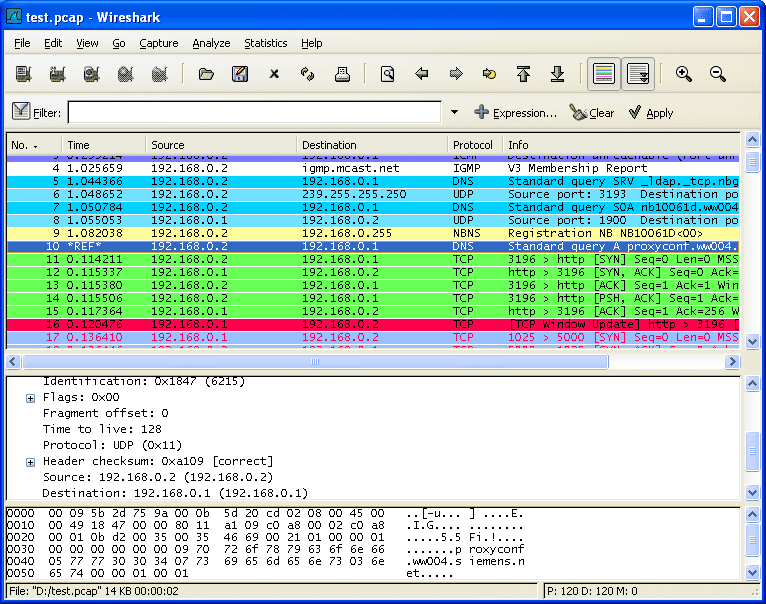

In two hours there were only 1586 packets, with 382 containing data, and 262KB of data transferred. Of those packets only 182 contained data, with 134KB transferred to Microsoft. In one hour there were only 751 packets sent to any Microsoft address (including any Azure, Skype or Akamai CDN edge server), for around 222KB of data. It's also easy to counter the FUD in some reports. Based on my tests, Windows 10 certainly is receiving telemetry data from my PC, but we knew that already. With free tools and a spreadsheet, it's easy to get a clear picture of what network traffic is going through a machine. But as an initial exercise it shows that Windows 10's telemetry is not sending vast amounts of your personal data - it's sending small snippets of information and that to a set of servers with names and IP addresses that can easily be blacklisted at a router if you really want to keep your network traffic private.

Now that was a machine that was left running overnight, and so won't capture all the data that might be sent by a machine in day-to-day use.

A lot of the data remaining is authentications against my Microsoft account, and sync checks for OneDrive and for my synchronised device settings. Filtering out instant messaging packets from Skype, email from and Office 365, and I was left with under 900 packets and less than 1MB of data. Of those just 1134 packets were delivering any data to Microsoft, containing around 1.3MB of data. Here I captured around 230000 packets, and around 12MB of data. Using Excel to filter and analyse Wireshark data.Ī second, much longer test, recorded all the data on the same PC over a 12-hour period. I left Windows 10's core functions running, including OneDrive and Windows Defender. I also shut down as many services and applications as possible so that I wouldn't drown out any telemetry HTTPS connections using my browser and other Internet and cloud applications. That meant much of the traffic would be internal network operations, and I'd need to filter it out from my results. My network is relatively simple: a VDSL FTTC broadband router drops into a gigabit switch, with a mix of domain-joined and workgroup PCs, servers, and notebooks using both wired and wireless connections. I could use the standard WinPcap drivers, as I was using a docking station - a set of USB WinPcap drivers are available if you're using a USB network card. In order to capture a basic working set of network traffic data, I installed it on a Surface Pro 3 running the current main branch build of Windows 10 Pro. So if we're to get a picture of what data is being sent from a Windows 10 PC to Microsoft's telemetry servers and how frequently, it was the tool I turned to.


 0 kommentar(er)
0 kommentar(er)
